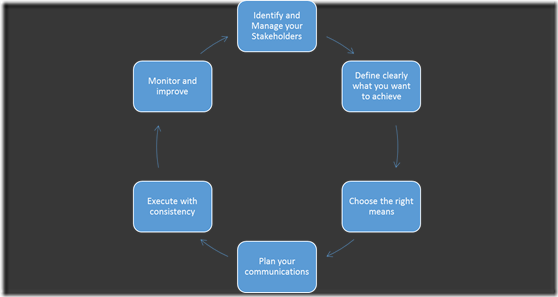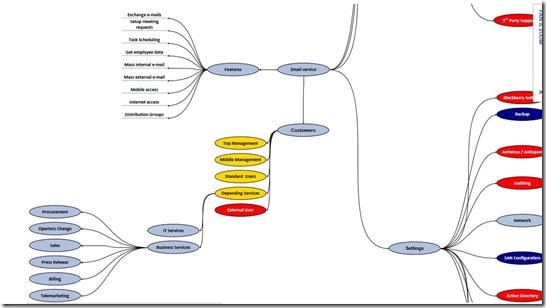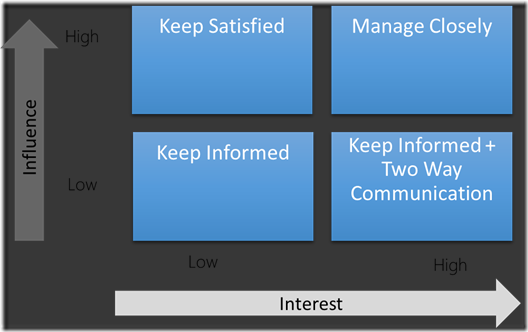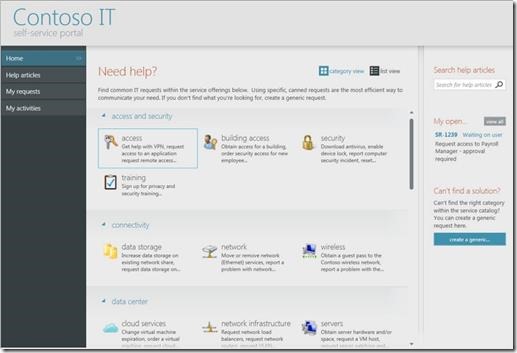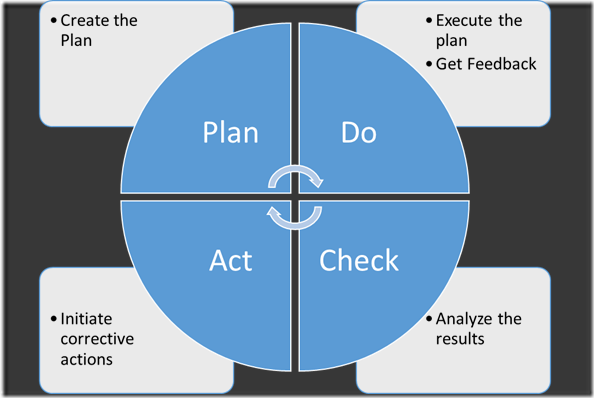Boost your IT with Communications Management
Technology does not exist in a vacuum! Premier Field Engineer Konstantinos Sofianos discusses how to improve your organisation’s communication strategy to deliver more value. Read on!
Communications are a vital part of our everyday life. Communications affect how other people perceive us. Communications form our identity.
Communications play also important role in business environments internally and externally.
As IT Organizations move forward to become an integral part of the business, the need of proactively managing their communications becomes evident.
Until now there was little or no guidance directed to IT on how to achieve this goal.
My purpose is to present you the basic idea of an easy to follow communication practice that puts together those building blocks necessary to form and manage a communications strategy within an IT organization.
Before we get in to that, let’s reflect on the current state of communications of IT organizations today.
Although I don’t have any official report at hand, I would bet my laptop that in most cases IT organizations are in reactive mode when it comes to communications. Even worse, in some cases communication takes place only when it is too late. At this point of time you are already in a bad position.
Many times we use communication channels that are ineffective and language that isn’t understandable by the recipient. Our message is lost somewhere in the way.
I would also bet, most of you being in the field for years, you would agree with me that the results of not having a structured approach to communications, can only be negative.
Until now I came across several organizations where non-existent or poorly managed communications had considerable side-effects.
Some of those were and still are:
- IT users don’t know what the IT department can actually offer.
- There is a misconception regarding the quality of the IT services.
- Changes to services that could potentially affect the service availability are communicated only when it is too late.
- User requirements are misunderstood or they don’t get tracked.
- There is confusion and communication breakdown during and after a major incident.
- Teams are working on the same things, unaware one of each-others projects.
- Employee morale is low and there is no sense of a common goal or direction.
- …..…
I left the list deliberately open to encourage you to add your own experiences.
By investing on communication management you can remediate many of the risks above by just using the resources you already have available. Therefore proactively managing the communications is the cheapest way to considerably increase the effectiveness and the efficiency of your IT organization!
There is though one catch point. Improving the communications often demands to get out of our comfort zone and change the way we do things. It is a culture change and it needs special attention to overcome the obstacles of such an endeavor.
The how.
The methodology is straight forward and has many common points with widely accepted best practices.
It consists of six steps which are:
- Identify and manage your stakeholders
- Define clearly what you want to achieve
- Choose the right means
- Plan your communications
- Execute with consistency
- Monitor and improve the effectiveness of the communications plan
Identify and manage your stakeholders
The first important step is to find out with whom you will communicate, which is very challenging. It is challenging because you must also identify the individuals or groups that you haven’t yet communicated with. Remember that communications are two-ways, in that sense you should also identify groups or individuals that want to share information with your organization. There are plenty of ways to help you identify the stakeholders. I find a service map(s) particularly useful.
Next step is to categorize your stakeholders into four groups
You need to consider two parameters. Who has influence over your organization? What is the level of interest in the services you provide? This gives you the opportunity to tune your communications to manage your stakeholders in a way that benefits you the most.
The suggested approach for each one of the four groups is:
- High Influence, High Interest à Manage closely
- High Influence, Low Interest à Keep Satisfied
- Low Influence, High Interest à Keep Informed + Two ways communication
- Low Influence, Low Interest à Keep Informed
Define clearly what you want to achieve
It is very important to define your main goals and tie it together with what you want to achieve by communicating. Take each stakeholder separately and define what would be the ideal situation for you.
- Increased levels of collaboration?
- Less conflicting projects?
- Better resource usage?
- Better security policy adoption?
- Smooth introduction of a new service?
- Higher user satisfaction?
Form a clear message which is easy to understand by the intended recipients and adjust the language and the level of detail to the audience. Very often we tend to drown our message into loads of irrelevant information or high level technical language. Keep it relevant, simple and understandable.
At this stage, start to think of ways to measure the success or failure of communications in terms of achieving your goals
Choose the right means (vehicles)
Which is the best way to pass your message, share or retrieve the information?
When we think of communication vehicles, our mind goes automatically to email, announcements, meetings, trainings, flyers.
Fortunately IT has several more options often not available to others. Consider SCOM service dashboards for example, Yammer, a SharePoint Site or a self-service portal with a Catalog of Services. System Center Service Manager is providing this functionality out of the box.
Even user desktop backgrounds are a communications vehicle! Learn to take the most of each technology in terms of communication!
Plan your communications
Here is where it comes all together to form a strategy.
Know in advance when it is the right moment to share what information, how to share it, to whom and by whom! When you draft your plan remember to plan your communications across the service lifecycle, do not limit it just to operations. Your plan should cover a time span long enough for you to be able to measure its success.
Parallel to your scheduled communications you should be prepared for rapid responses. Take for example a major incident on a service. The steps for forming the plan are the same but instead putting a fixed date you could put milestones. For such cases it makes sense to practice the communications plan in order when the time comes (and it comes eventually) to know exactly what to do.
Execute with consistency
Do not neglect your plan execution and ensure your communication channels are functioning. A communication plan is a road map for getting your message across to your audience. In this stage you should get into your car, turn the motor on and step onto the gas pedal. The implementation of your plan will probably have strong competition from other day-to-day work. The secret is to embed it in everything you do.
Keep the information flow constant, teach your recipients to rely upon your communications. This way you build a strong foundation of trust.
Monitor and improve the effectiveness.
The business environments we operate in are constantly changing, IT is changing even faster. The circumstances that made your plan relevant a year ago might not be valid anymore. It is suggested to constantly monitor if your communications are actually achieving what they intended to. Use the measurement results to revise and adjust your plan accordingly.
Summary
Managing the Communication is the most cost effective way to leverage the image of the IT and improve its efficiency. Managing proactively the internal and external communications, will not solve all your problems but it will certainly improve the situation. Following this methodology you can start building your own communications strategy and start seeing results!
Posted by MSPFE Editor Rhoderick Milne who is currently slightly chilly in –24 C weather in Canada. Brrr!!
If Celsius is meaningless to you, Fahrenheit is pretty much the same to me!!
